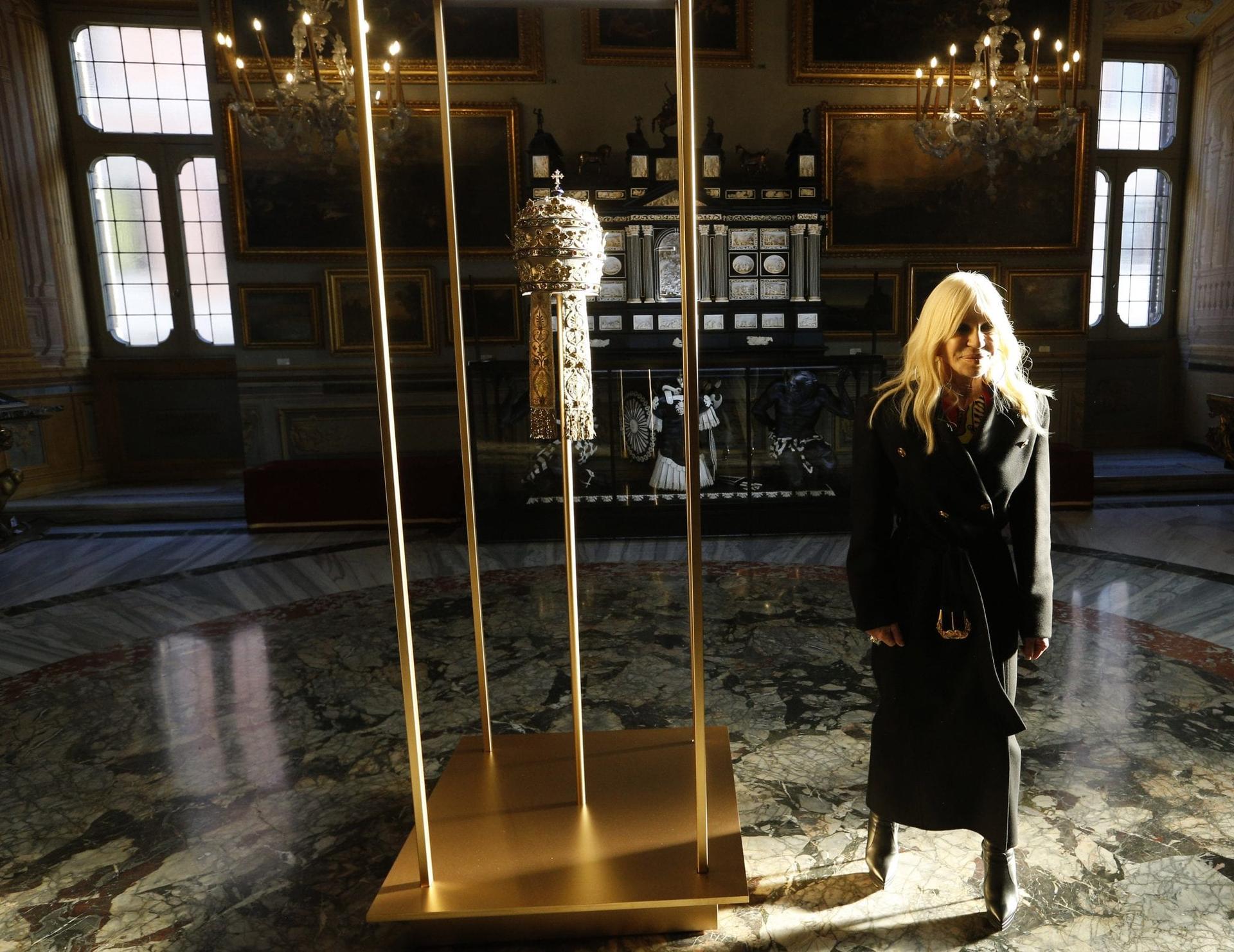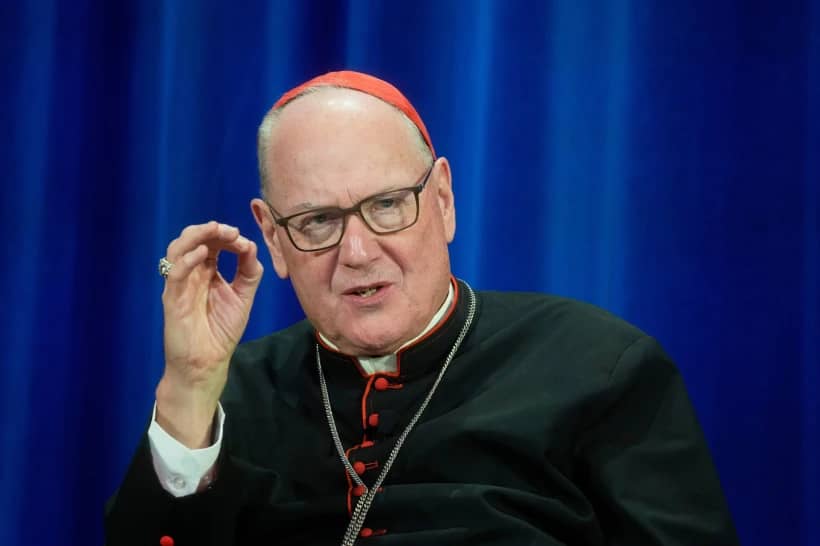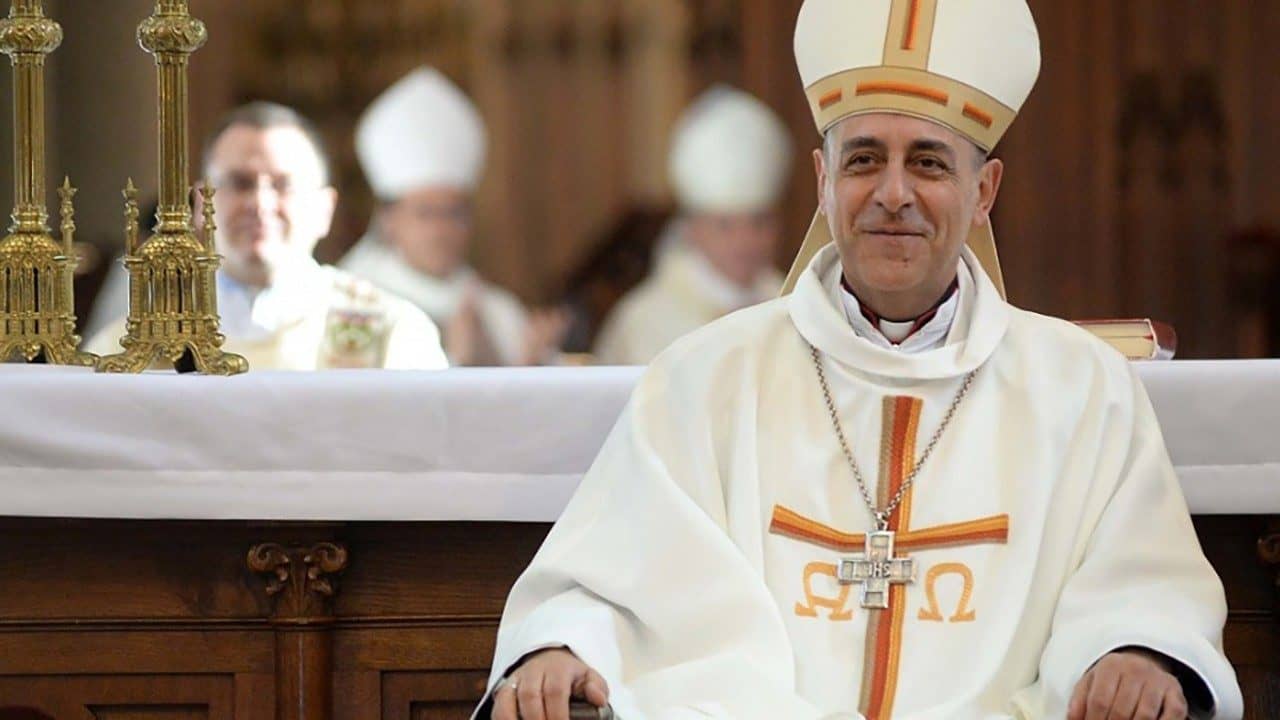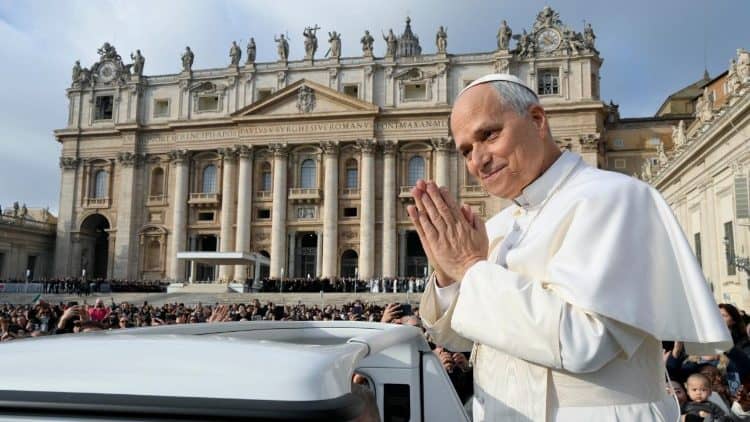When the Oscars Night of the fashion world plays out tomorrow during the annual Met Gala in New York, it doesn’t take much of a Nostradamus to foresee that some Catholic noses may be twisted out of joint. Ask a bunch of starlets and celebs to sport Catholic images in any way they think will attract paparazzi and Facebook mentions, and it could be a wild ride.
Seen in another way, however, the gala may represent far more for the Church than an occasion for taking offense. It may also be a massive teaching moment, all delivered basically free of charge.
The theme this year is, “Heavenly Bodies: Fashion and the Catholic Imagination.” It kicks off a May to October exhibit at the Metropolitan Museum of Art on 5th Avenue and the Met Cloisters located on four acres overlooking the Hudson River in northern Manhattan’s Fort Tryon Park.
The centerpiece of the exhibit is formed by papal vestments, mitres, tiaras, and other accessories from the Sistine Chapel sacristy, many of which have never been seen outside the Vatican, on view in the Anna Wintour Costume Center. Fashions from the early twentieth century to the present will be shown in the museum’s Byzantine and medieval galleries.
The tradition at the Met Gala every year is for fashion elites to show up dressed in ways that somehow reflect the theme – this time, they’ve been asked to wear their “Sunday best.” Think Madonna meets Lady Gaga set at a theological society’s fashion ball, and then imagine how some of the more straight-laced faithful you know might react.
Yet there’s also catechetical potential here, and it was explained to me by Crux’s Claire Giangravè, who’s in New York for the event along with our national correspondent, Chris White. They’ve got the story covered from start to finish, working alongside the highly capable team at the DeSales Media Group in the Diocese of Brooklyn, one of Crux’s most important sponsors and partners.
Our faith and culture correspondent, Giangravè follows the fashion world fairly closely, and what she told me is that the Met Gala establishes influential cultural trajectories for the next year, ones by which young people are especially likely to be affected.
For the next little while, she said, youth attuned to fashion are going to be posting Instagram likes of 21st century appropriations of crosses, Sacred Heart images, Byzantine icons, and the like, finding them in new offerings from massive global fashion brands such as Versace and Dolce & Gabbana. Catholic imagery is going to be in front of their eyes, not because of a formal evangelization effort whipped up by an ecclesiastical committee, but thanks to often highly secular designers colliding in unpredictable ways with the Catholic legacy.
Multiple possibilities for taking advantage of all this seem to present themselves.
Imagine discussions in religion classes in Catholic schools this week, for instance, based on images that bubbled up at the Met Gala, explaining what those images actually mean and where they originated. Ordinarily, trying to teach a junior high class anything about medieval iconography would be an uphill climb – but show those same preteens Rihanna wearing some riff on a Madonna and Child, and you’ll have their attention.
At Catholic universities, there might be creative possibilities for cross-fertilization between theology and design programs, using the new fall lines rooted in religious symbolism as the basis for some reflections. One could also imagine some creative Catholic publisher or movement putting together some resource guides for parents, to use in talking to their kids about the images they’re likely to be seeing floating through the cultural ether.
After all, it’s not as if Catholicism has ever lacked it own fashion sense. Just think about how much time people spend reacting to the color of a given pope’s shoes, for instance, or whether those shoes really come from Prada. (By the way, that urban legend that circulated under Pope emeritus Benedict XVI was bunk.)
Then, ask yourself why those things matter.
The answer, beyond mere prurient curiosity, is the “Catholic imagination.” It’s rooted in the sacramental instinct that outer and visible realities can be signs of interior movements of grace. We reach the supernatural through the natural, the invisible through what we can see and touch. Fashion, in that sense, can be a sort of sacramental in cloth and color, evoking responses that can stir the soul.
Young people may not use quite such theological language to describe it, but many carry the instinct in their bones.
The bottom line is that while the Met Gala might generate some heartburn – and some of the reaction may be justified, depending on what sort of spectacle unfolds on the red carpet – it’s also serving up a huge opportunity.
In the past, we know what’s happened when the Church failed to grab an opportunity being handed it by the culture. Catholicism was slow to embrace the printing press, and partly for that reason it lost half of Europe to Martin Luther. We’ve also seen what can happen when the Church seizes the moment, such as Archbishop Fulton Sheen’s wildly successful use of TV back in the 1950s.
Nobody’s comparing one gala to those massive technological revolutions, but the principle of taking advantage of a chance when it opens up is the same. Whatever happens, it’ll be a fascinating story to track.
Stay tuned for Crux’s latest news and updates related to the 2018 Met Gala and exhibition on Catholic fashion, where Crux’s faith and culture correspondent, Claire Giangravè, and national correspondent Christopher White will be providing regular updates. Follow them on Twitter: @ClaireGiangrave & @CWWhite212 and visit Crux for daily updates and interviews from New York City.

















